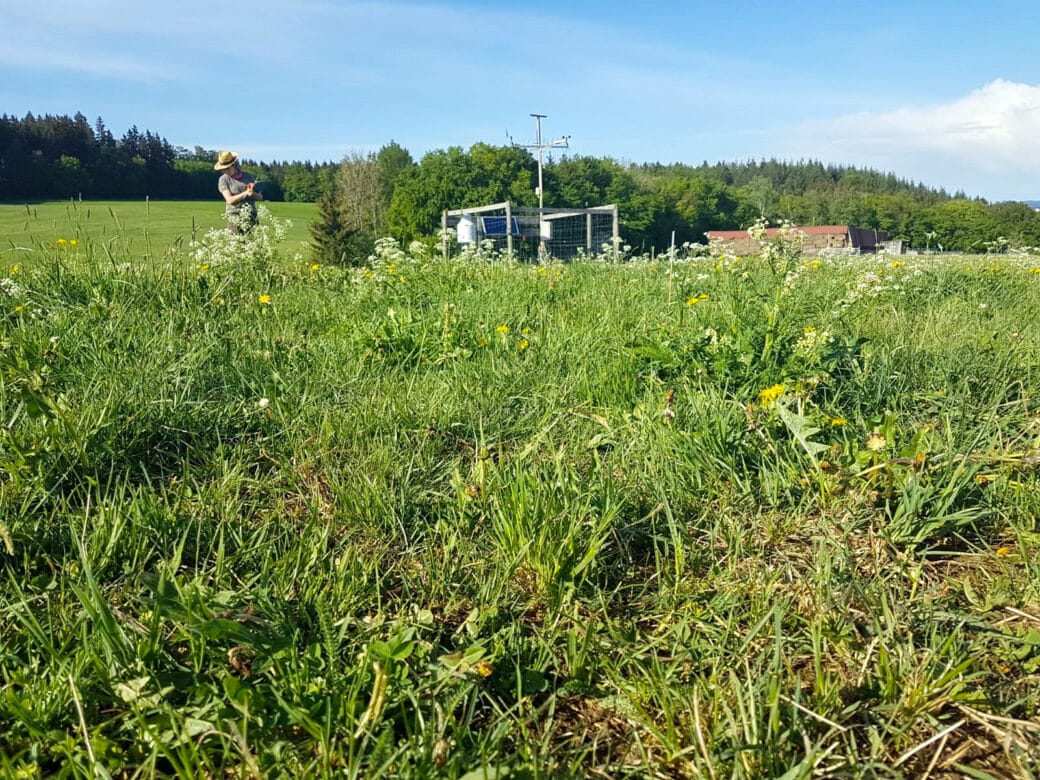Impact of soil negative feedbacks on plant species diversity

H1: that plant species with large individual biomass production that are not locally dominant are most strongly limited by specific microbial negative soil feedbacks
H2: potentially invasive plant species profit from the absence of specific soil-negative feedbacks (SFB) in their new habitat.
The comprehensive network of permanent plots replicated across geographic regions and differing in land-use type and land-use intensity across Germany provides an ideal framework to test
H3: the importance and strength of negative soil-interactions on plant coexistence, diversity and community composition along a soil-nutrient gradient. The impact of negative microbial SFB will increase with increasing land-use intensity.
Our hypotheses will be examined by two different sets of plant species, which show the relevant variability in the traits examined, i.e. for Biomass and relative abundance.
Field sampling
Within the extreme landuse type covered by the EP’s in each exploratory, seeds of 10 maternal genotypes per species will be harvested.
In addition, a small amount of top-soil (c. 20 g; 0-5 cm depth) will be collected around individuals of every species in EP grassland plots to obtain an unsterilised soil inoculums containing the native microbial diversity
Training phase/initial screening phase of feedback effects
Surface sterilised seeds of both sets of species will be planted in the glasshouse
1) Monocultures and polycultures in pots containing either ?- sterilised standard soil and sand or
2) ? -sterilised standard soil and sand + unsterilised soil inocula. The reciprocal seeding of seeds of different geographic origin will provide information on the feed-back specificity of the soil biota. Species will be grown for approximately 3 months and
will then be harvested
Test of specificity of soil-feedbacks and detection of fractions of soil biota responsible for feed-back effects
Soil-carryover effects in pre-conditioned soil collected in pots that contained monocultures of the test species will be used to test:
1) whether soil-feedback effects increase in time,
2) whether such effects are species specific or phylogenetically independent and
3) which group of soil microbes is responsible for the effect on plant growth ? using an inoculation approach (Lab identification & culture of pathogenic fungal isolates)









